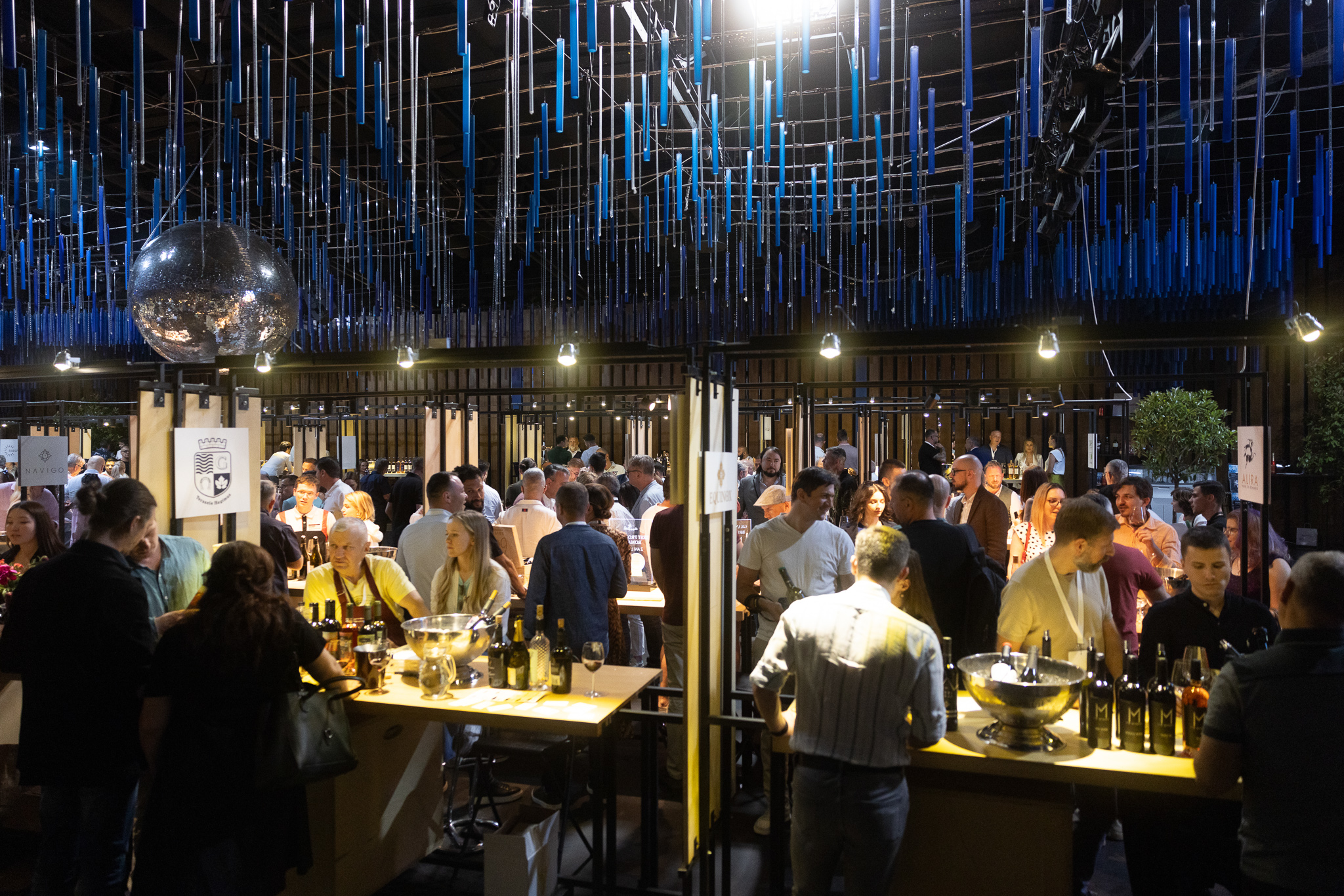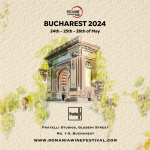The entire week in Bucharest was cool, with temperatures between 21-23 degrees Celsius, overcast skies, and even a few raindrops. On Monday, it was 21 degrees again. From the moment RO-Wine opened its doors until it closed, the sun blazed as if it were July. Fortunately, the ice buckets in the studios and the importers’ area were constantly stocked with ice, and exhibitors, anticipating the imminent summer, had well-prepared with white wines and many sparklings. The spaces also seemed more airy than usual. For those well-organized, there was always an opportunity for a break among the Dionysian wanderings, to participate in the masterclasses featuring collectible champagne, precious Bordeaux wines, or olive oil…
A new trend in Sauvignon blanc
Bubbles were everywhere: at the importers, in the Taste of Italy salon, and in the studio hosting Romanian producers. Over three days, it was impossible not to stop by the Parma stand, where you could take pleasure in a glass of Piper Heidsieck or refresh your palate with some Franciacorta. From there, the stands of Foss Marai and Pere Ventura beckon, along with the highly personal and inspired selections from Smart Drinks and Wine Point. Staying focused was essential to keep up with the latest from Romania…
One notable trend, considering different harvest years, is a more classic approach to Sauvignon Blanc, in the spirit of old Europe. These wines start relatively timidly, opening gradually and becoming more intense without ever approaching the "fruit bomb" style of the New World – instead, they offer elegance, structure, ripe fruit, and warmth. At least three wines fall into this category: Coltul Pietrei 2023 from Viile Metamorfosis, Issa 2023 from Crama La Salina, and Corcova 2023. Additionally, there’s the still too young Cuvee Petit from Avincis, which deserves a bit more aging before opening.
Speaking of these producers, don’t miss Lady Asquith from Corcova, a blend of Chardonnay and Viognier from 2020 (hopefully, I got the year right…), a serious and expressive Chardonnay, Coltul Pietrei, and the already renowned Negru de Dragașani Via Marchizului from Viile Metamorfosis. Avincis is preparing a surprise, its first orange wine, where the long maceration of the skins doesn’t come with the oxidative notes usually accompanying this type of wine. These notes exist but are so fine and subtle that they become almost invisible to an untrained nose. At Avincis, we also found out that only about a hundred bottles of Alutus remain, a wine every lover of fine tastes should have in their collection. It’s an impressive variety from it’s very first edition, with a complex discourse and aristocratic elegance.
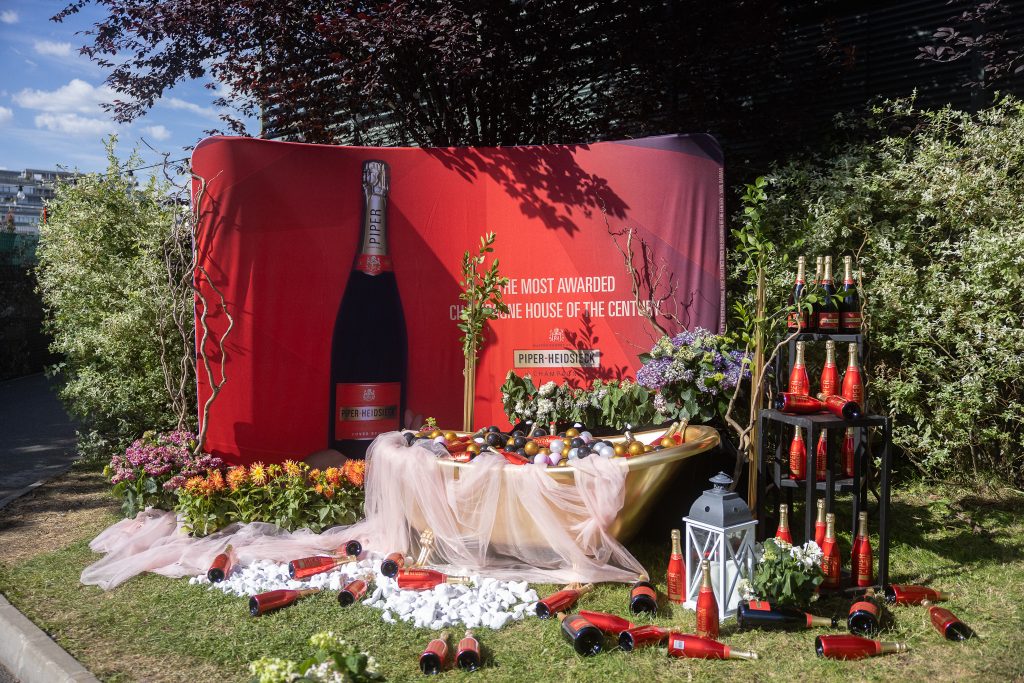
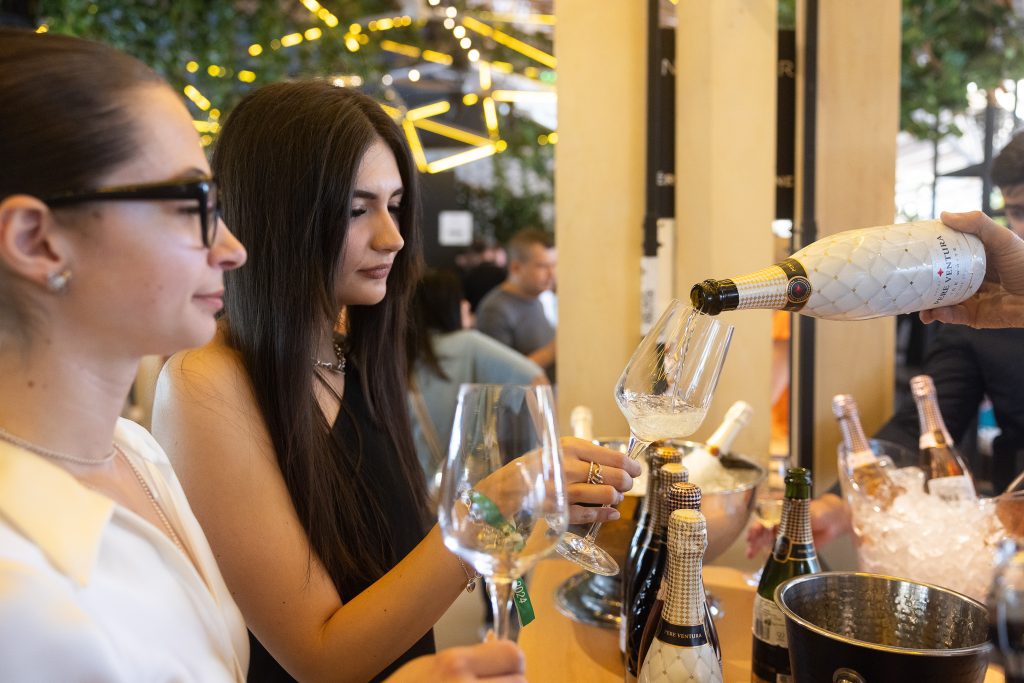
Lots of fine wines!
Also on the verge of disappearing is Francusa Millesime 2016 from Cotnari, but we learned that the 2018 edition is being prepared for release. If you haven’t had the chance to taste it, you should hurry, and while we’re on the topic of traditional method and long-aged sparkling wines, add a bottle of Grasa de Cotnari 2017. Both are memorable experiences. At Cotnari, a good wine for the coming summer: Fetească Albă Naiv, perfect for relaxation and cooling off. Excellent bubbles were also found at La Salina, Issa Grand Blanc de Blancs, and we revisited Avincis (75% Cramposie, 25% Pinot Noir).
The stand at Domeniul Bogdan was almost always crowded, so we only managed to sneak a glass for a sample of the winery’s most anticipated wine – Primordial Elogium, the first and last Merlot signed by the late Philippe Cambie. And yes, it’s unmissable, not just for organic wine lovers.
At the DeMatei Winery, two must-try highlights – Matei and Prince Matei, an excellent opportunity to compare two precious wines – a long-established brand, known for its uncompromising quality, and the limited edition of the winery’s top blend, Merlot, Cabernet, and Fetească Neagră from the 2019 harvest.
Precious wines were also on display at its sister winery, Caii de la Letea, where the Princeps collection has taken off, and alongside the already traditional Aligote, it includes Chardonnay, Sauvignon Blanc Fumé, a rosé, and a blend of Cabernet Sauvignon and Feteasca Neagra.
At Jidvei, the land of light and refreshing wines, we made a stop for two sparkling wines made using the Charmat method (like Prosecco) – Scintii brut white – Feteasca Regala and brut rosé – Syrah. Two relaxed, everyday wines that speak of simple joys and pleasures, with cheerful and pure aromas.
At Gramofon, the realm of parties, of Chardonnay and Feteasca Neagra, Sonorum Rosé caught attention, in a more unorthodox one-liter bottle. Even though it is a blend of Fetească Neagră and Merlot, the first nose is as intriguing as the packaging – fresh pineapple and pineapple compote! It’s true, after a short time, it returns to the red fruits and spices specific to the varieties it is made from, but the tropical fruit zone makes it more than recommendable for the upcoming summer. Especially in groups of three or more, given the volume… At Apogeum, we were surprised by a new range from Tohani: everyday drinking wines, which slide down easily, fresh and modern, expressive and, most of all, comforting.
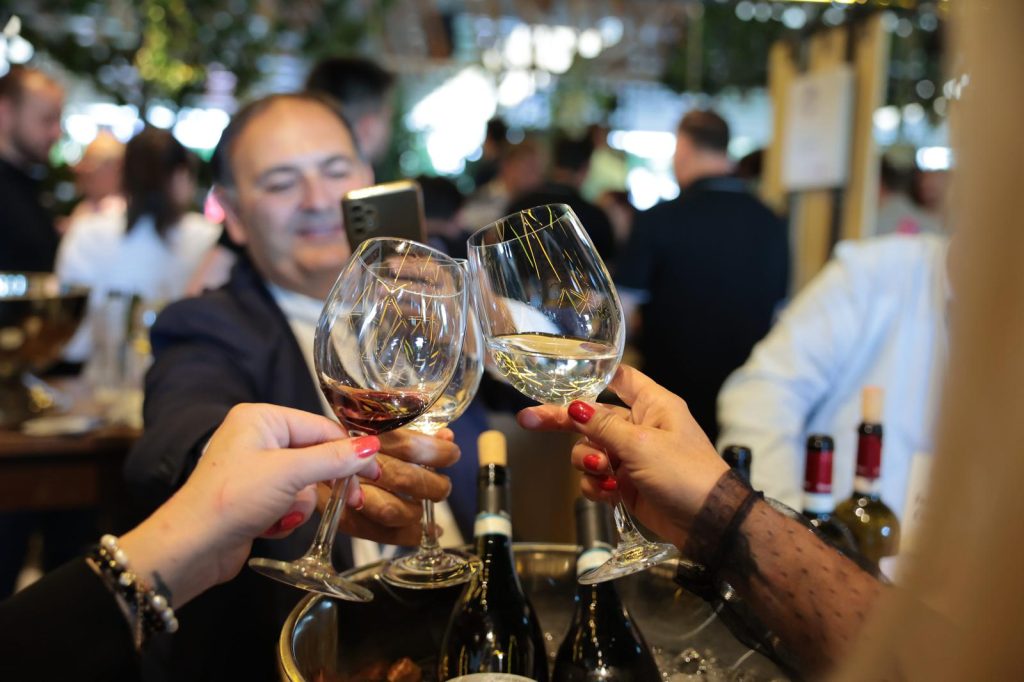
Classics and moderns at SERVE, plus a few surprises
As promised in the Wines of Romania podcast, Paul Badea spent much of the time taking care of guests making the almost obligatory stop at the SERVE stand. There were comparative tasting experiments with Millenium – both white and red – from different harvests, in different bottles (0.75 and magnum), and Cuvee Charlotte – 2016 (0.75l) and 2014 (magnum), punctuated in the beginning with Cuvee Pacs, interrupted with Cuvee Guillaume and concluded with Cuvee Guy de Poix. It was, as one might say, a pit stop like a top-tier tasting, which would have needed two hours to fully appreciate each wine…
Pleasant surprises were everywhere, especially at the stands of the "Deschidem Vinul Românesc" program, where the selection covers the entire country, from small producers to the largest, with wines carefully chosen.
We appreciated the wines from Dealul Golestilor, a boutique winery with only 1.5 hectares of vineyard, and a Cabernet and a Sauvignon Blanc, both in the Parinte range, absolutely remarkable. At Rasova, as we have come to expect, very good wines, with a special mention for the red blends Aripi and Imperfect, a rare source of pleasure and a perfect example of the winemaker’s refinement. The Darabont family, after a relatively recent debut, continues to impress and bring an extra quality to each bottle. Remember the Pinot Noir Urme, the Darabont sparkling wine (made using the classic method), and a very relaxed and cheerful rosé, Fleurt, made from Burgund Mare and Feteasca Neagra.
At Davino, which needs no further description, we noticed that Vast, the range that replaces Faurar wines in horeca, is not just a replacement, but also a step up in quality. Plus the incomparable Purpura Valahica, the memorable Fetească Neagră that any connoisseur has on their shortlist. We didn’t arrive in time to catch any trace of Cuvee Constantin from Crama Gîrboiu, one of the most awarded Romanian wineries in international competitions, but we leisurely enjoyed, at the end of the fair, Bacanta – Feteasca Neagra 2019 and Syrah Barrique 2018. About which we can’t wait to see again at the RO-Wine autumn edition!
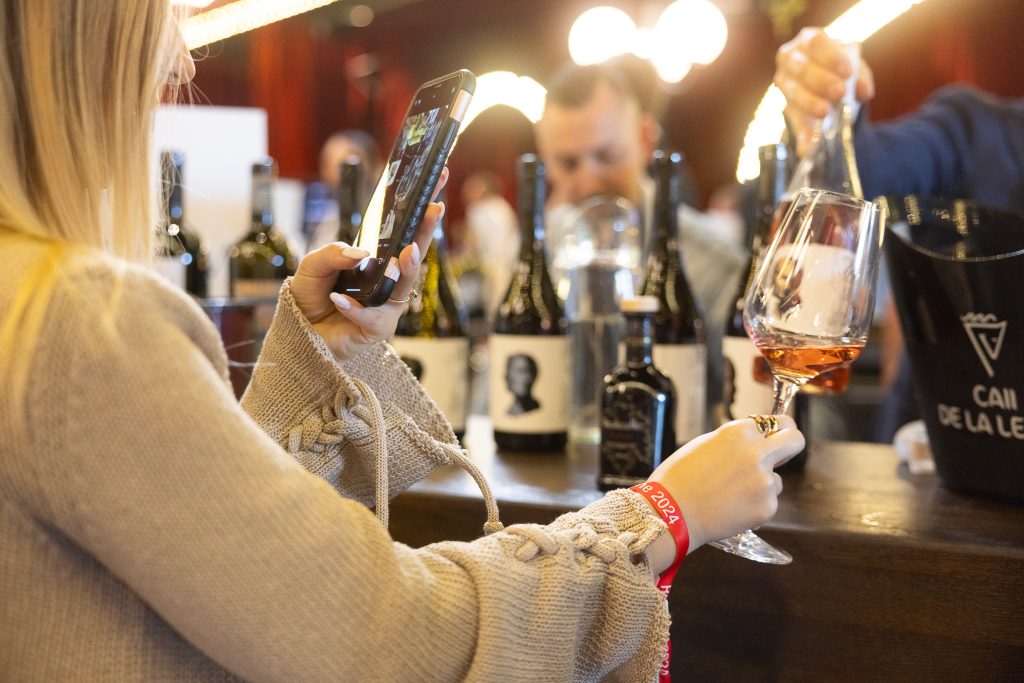
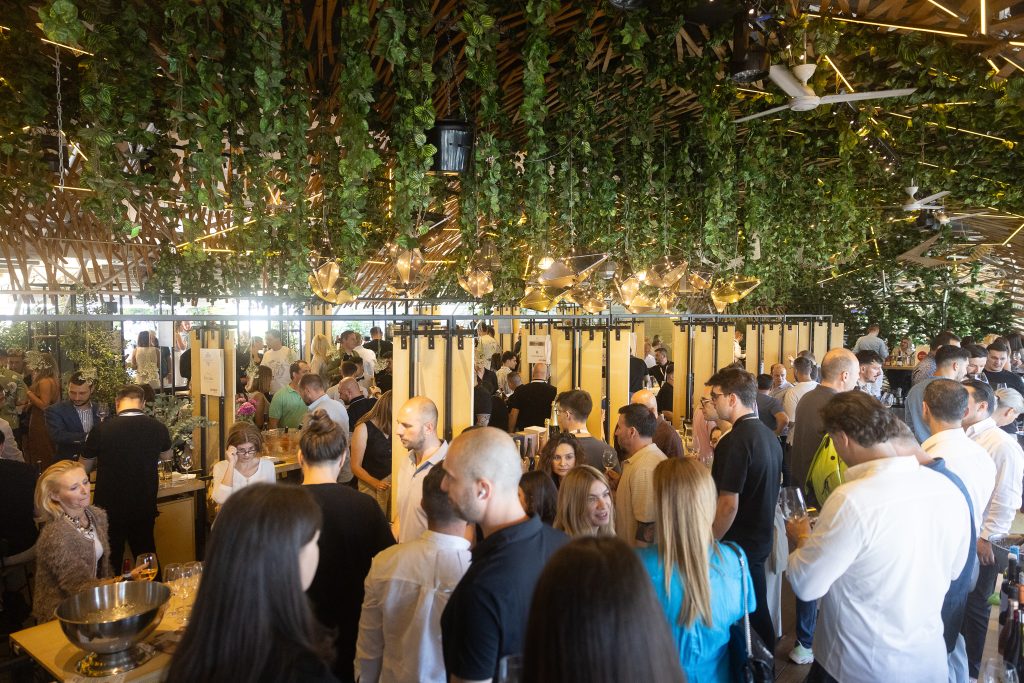
Photo credit: Ro-Wine

